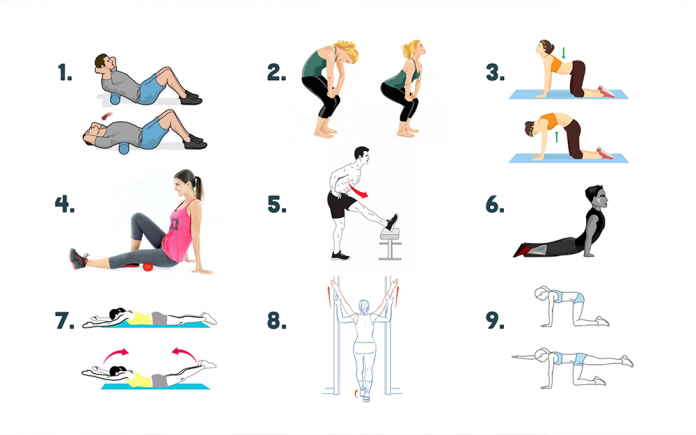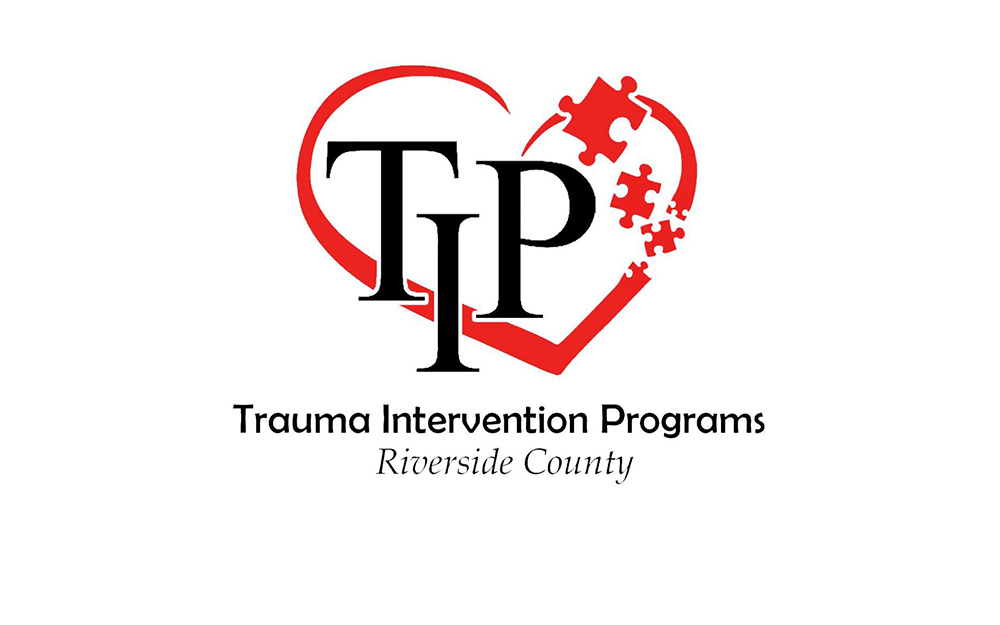
BY COACH NADIA POPOVA
What Is A Flat Back Posture?
Flat back posture is a type of posture that is characterized by the lack of natural curves in the spine. It’s a condition where your back loses some of the normal curvature (Lumbar Lordosis). A person cannot maintain a proper balance if such natural spinal curves stop functioning effectively. Without them, the spine becomes a straight line from the neck to the pelvis. Resultantly, it causes the center of gravity to move too far forward. As a result, the alignment of the spine is flatter than normal.
In Flat back posture, the spine has a poor ability to absorb and distribute mechanical stress evenly throughout the body. The muscles may have to work harder to help stabilize and move the spine.
Symptoms: Chronic pain, Thigh and Groin Pain, Neck Pain, Obscurity in standing straight, Muscle Fatigue, Trouble in performing daily tasks efficiently.
Corrective Exercises recommended:
- Thoracic Stretch with a foam roller
Instructions: Lie on foam roller with both head and pelvis supported by the roller. Gently bring your arms out to the side and allow your chest to relax as you stretch your back and chest. Hold this stretch initially for 15 seconds and then bring your arms up to the ceiling.
- Standing intersegmental cat/cow
Instructions: Whilst standing, wrap your arms around an exercise ball as much as you can. Try to get your fingertips to touch. Starting from the neck: Proceed to round your spine down one vertebra at a time until you reach mid-back. Emphasise the rounding over the areas where your spine is the flattest. From here, reverse your movements back to the beginning. Repeat 20 times.
- Intersegmental cat/cow
Instructions: Get into the 4 point kneel position. Hands in line with shoulder joints. Knees in line with the hip joint. Starting from the neck: Proceed to round your spine down one vertebra at a time until you reach mid-back. Emphasise the rounding over the areas where your spine is the flattest. From here, reverse your movements back to the beginning. Repeat 20 times.
- Foam rolling hamstrings
Instructions: Place your hamstrings on top of a massage ball. Use your body weight to apply pressure onto your hamstrings. Make sure to cover the whole hamstring muscle on both sides.
- Lower hamstring
Instructions: Whilst standing, place a straight knee in front of you. Lean forward by hinging at the hips. Remember to keep your back straight! Aim to feel a stretch in the mid/lower portion of your hamstrings. Hold for 60 seconds. Alternate legs.
- Abdominal
Instructions: Lie on your stomach. Place hands on the floor directly under shoulders. Straighten your elbows. Arch backward. (Note: Be careful if you have lower back issues) Aim to feel a stretch across your abdominal region.
Breathe and expand your stomach as you stretch. Hold for 60 seconds.
- Superman
Instructions: This is to activate the lower back muscles. Lie on your stomach. Stretch out your arms in front of you. Lift your upper body and legs off the floor. Hold for 5-10 seconds. Repeat 30 times.
- Chest stretch
Instructions: Place both hands on the door frame. Lunge forward. Do not flare out your ribs. You should feel a stretch in the front part of your shoulder/chest region. Hold for 30 seconds.
- The bird dog
Instructions: Get down on your hands and knees, hips over knees, hands under shoulders, so you form a nice square. Raise your left leg and your right arm, balancing on the opposite hand and knee. Hold that position for a count of five. Then switch to the opposite side.
Posture and Ergonomics While Lifting and Carrying
The correct method of lifting heavy weight:
Always bend at the knees, not the waist
Use the large leg and stomach muscles for lifting, not the lower back
If necessary, get a supportive belt to help maintain good posture while lifting
When carrying a heavy or large object, keep it close to the chest
If carrying something with one arm, switch arms frequently
When carrying a backpack or purse, keep it as light as possible, balance the weight on both sides as much as possible, or alternate from side to side
When carrying a backpack, avoid leaning forward or rounding the shoulders. If the weight feels like too much, consider using a rolling backpack with wheels.
Flat Back Strength Exercises recommended:
Straight-Leg Deadlift
Strengthening Thoracic, upper back, mid back exercises
Strengthening Core (front, side and back) exercises.
Our Trainers can create a custom corrective exercise program for your particular case. Please reach out to us so schedule your Free Assessment/Consultation at (760) 880-9904 or visit our website: www.cvsendmeatrainer.com









































